To finally take our leave of Argentina and cross the border to Chile we needed to make our way right over the Andes. As you might imagine this turned out to be a spectacular journey with big rises, snaking hairpin turns in every direction, sheer drops, sometimes seemingly on both sides and continuous fantastic views up to the mountain tops and snow-capped peaks (so we have kind of had some snow, though not quite like in England!)
We understand that it is often misty here but on our travelling day the sky was crystal clear and we marvelled at the clarity in the air while we waited for the border crossing. This was the only low point in the journey but in some ways we were quite lucky.
Last week there was a dispute between the Chilean border staff and some protesting Argentine lorry drivers (again!) - the delays had became longer and longer. Now the troubles are over, we read in the newspaper, crossing formalities are back to normal at 3-4 hours!
After a couple of hours to get through the long queues of traffic, it was obvious that the laborious procedures are causing the delays.
We had to join an enormous line snaking through and out of a grotty building to finally get to the one window where we were each given our exit stamp from Argentina. Then, bizarrely, we then had to join another equally long queue to get back to the adjacent window and get our entry stamp to Chile. One bus at a time, all the passengers from each bus had to assemble with their hand luggage on some benches in front of them while an officer checked if they had any food with them and checked their declaration that they didn't. Only when this has been completed can all the hold luggage, which has already been taken off the bus, be passed through the xray machine and any irregularities investigated.
TP’s bag was singled out but we couldn’t see it because we are small and were behind lots of other people. When we finally realised and opened the bag, it was obvious that the officer didn’t really know why he wanted it open. Eventually he curiously picked up one of TP’s walking poles (surely they’ve all seen them before – and anyway Jen has a pair in her bag that they didn’t stop). We were then all able to queue up to pass our hand luggage through the xray machine. The newspaper was right, it had taken us nearly 4 hours to get across the border, making our 7 hour journey closer to 11 hours!
We had booked ourselves into a hotel (or hostel, the place couldn’t make up its mind in its publicity) in an area called Barrio Paris/Londres.
This is a small area of cobbled streets and interesting buildings, very close to the city centre. Our hotel looks very attractive in a little Plazaleta with trees and benches. Part of the same block is a Franciscan monastry
which now houses a small museum that includes a room dedicated to Gabriela Mistral, a Chilean poet who was awarded the Nobel prize for literature in 1945. When she died she requested that she be buried in her Franciscan habit and that the monastry should display her prize and the parchment.
We arrived on Saturday night and were surprised to find quite a bit of activity around the very swanky hotel at the end of the street.
By Sunday morning this had been augmented by TV News crews and hoards of other journalists and we made the connection with today’s presidential election which we had seen on the morning news. One of the candidates, the centre right multimillionaire Sebastian Piñera, was using the hotel as his campaign base and, since he was predicted to win, lots of people were there all day to report on every twist and turn. Additionally, some of the other buildings around us house party headquarters etc. Because of the election, in which it is compulsory to vote, there were no sales of alcohol and most shops were closed for most if not all of the day. The excitement continued right through Sunday and Monday as indeed Piñera did win, but only just, defeating the candidate from the centre left party of Michelle Bachelet (the retiring female President). However, Piñera has pledged himself to continue Bachelet’s social reforms and appears to be moving his party towards the centre rather than further to the right.
While we haven’t been observing the election, we have tried to make our usual trawl of the local art galleries and museums.
Santiago has quite few and Sunday frequently has free admission. However, the election was taking place on Sunday so they were closed. Most of them are run by the local council so they close on Monday (after all the staff have been working on Sunday, or not in this case). Tuesday saw them open again and the general admission of 600 pesos (around 50p) was not going to break the bank!
The Colección de Arte Contemporáneo and the Museo Bellas Artes are actually two galleries in different parts of the same huge 1880 building, both stunning although the former’s soaring atrium was full of scaffolding as they were repairing the glass roof.
Sadly, a lot of the artwork wasn’t as great as the building itself and part of this gallery qualified as the most minimalist exhibition we have ever seen; in one corner of a very large underground space five small paintings were displayed (supervised by two very bored guards). They also had an extensive Pop Art exhibition that we thought we recognised much of, then realised that it was the same show that we had seen a couple of months ago in Buenas Aires!
We had expected the Bellas Artes to be more traditional and it’s beautiful building certainly looked that way at first. However, it also had some fine modern work including action photographs of dance and a review of some done in the 70s in deconstructing old buildings, opening up walls and floors too reveal the structure (but making them unuseable at the same time).
But our best find was the Museo de Artes Visuales, a fantastic light and airy building with several floors of exhibition spaces that interlink through ramps, staircases and open atria. There were two shows, both beatifully set out and a pleasure to go round. The first was a retrospective of the German artist Gerhard Richter with lots of interesting paintings and photographs.
There was also a film of him designing and erecting some large stained glass windows in Köln cathederal (which we saw a couple of years ago when we visited with the MX5 group). The other show was a competition show by young(ish) artists) with some good ideas and adventurous techniques.
And the gallery has a lovely courtyard outside with a fine cafe where we sat and had a scrummy lunch. What more could you want!
We visited the house of the famous poet Pablo Neruda (he had three houses near here so expect at least another before we’re over with him). This was a house that he had built as a love nest to meet Matilde, who later became his third wife. You may have seen the film Il Postino a few years ago, which was about their romance. The house is in three sections that don’t actually connect because of the steeply sloping ground.
They are all filled with Neruda’s collections of objects and artwork, really homely with lots of rooms that make you think how delightful it would be to move in. His Nobel prize was also on display (making it the second Nobel prize that we have seen this week!)
El Palacio de la Moneda
was the government house where Pinochet took control of the country and many buildings around it were used as detention, torture and execution houses. The Palacio’s reopening was a significant moment for the Chilean people and there is now a huge exhibition area built underneath it.
The current exhibition is of Ancient China and includes a number of the Terracotta Warriors as well as other grave objects, costumes from Turandot and some modern local art with a Chinese theme. The whole thing was a really good exhibition and was very popular with local people.
While we were there, a young man tried to exhibit some of his own artwork and a screaming match and scuffling broke out. We couldn’t really decide who was over-reacting most, the staff or the guy!
Santiago has several hills close to the centre and we ascended Santa Lucia through the attractive park and what can only be described as a folly. We took the funicular up the larger San Cristobal hill (in fact we eventually rode up in the car used by the pope). We asked the ticket woman if we could get a ticket to return on the teleférica (cable car) that goes up and down the other side of the hill. They are run by different companies so it didn’t surprise us that there was no combined ticket.
However, when we got to the top, we were surprised to find the teleférica was closed for maintainence until July 2010 but she had not thought to mention this!
Instead we took a long and leisurely walk down, admiring the views over the city and beyond to the Andes (although it is true that most of the time the mountains are obscured by mist (or is it pollution?)
Over the Andes to Santiago
Saturday, January 23, 2010
 Santiago, Región Metropolitana, Chile
Santiago, Región Metropolitana, Chile
Other Entries
-
60Mercedes; final resting place of Gauchito Gil
Dec 0648 days prior Mercedes, Argentinaphoto_camera33videocam 1comment 0
Mercedes, Argentinaphoto_camera33videocam 1comment 0 -
61Pellegrini; floating islands, crocs and big rats!
Dec 0846 days prior Colonia Carlos Pellegrini, Argentinaphoto_camera73videocam 0comment 2
Colonia Carlos Pellegrini, Argentinaphoto_camera73videocam 0comment 2 -
62Your mission, if you choose to accept it...
Dec 1143 days prior San Ignacio, Argentinaphoto_camera37videocam 1comment 1
San Ignacio, Argentinaphoto_camera37videocam 1comment 1 -
63Iguazu falls: so that's where all the rain went!
Dec 1539 days prior Puerto Iguazú, Argentinaphoto_camera47videocam 2comment 1
Puerto Iguazú, Argentinaphoto_camera47videocam 2comment 1 -
64Out of Iguazu with a bang; on to Ciudad del Este
Dec 1638 days prior Ciudad del Este, Paraguayphoto_camera10videocam 0comment 1
Ciudad del Este, Paraguayphoto_camera10videocam 0comment 1 -
65Encarnación - and we manage to see Jesús!
Dec 1836 days prior Encarnación, Paraguayphoto_camera55videocam 0comment 2
Encarnación, Paraguayphoto_camera55videocam 0comment 2 -
66Asunción; we're travellers, get us out of here!
Dec 2034 days prior Asuncion, Paraguayphoto_camera11videocam 0comment 2
Asuncion, Paraguayphoto_camera11videocam 0comment 2 -
67Xmas greetings!
Dec 2133 days prior Resistencia, Argentinaphoto_camera1videocam 0comment 7
Resistencia, Argentinaphoto_camera1videocam 0comment 7 -
68Resistencia: city of sculpture
Dec 2232 days prior Resistencia, Argentinaphoto_camera41videocam 0comment 0
Resistencia, Argentinaphoto_camera41videocam 0comment 0 -
69Our 'current' location
Dec 2331 days prior Corrientes, Argentinaphoto_camera24videocam 0comment 1
Corrientes, Argentinaphoto_camera24videocam 0comment 1 -
70Salta: our first sight of the Andes and our Xmas!
Dec 2529 days prior Salta, Argentinaphoto_camera35videocam 3comment 3
Salta, Argentinaphoto_camera35videocam 3comment 3 -
71Multicoloured mountains and angels with guns!
Dec 2727 days prior Humahuaca, Argentinaphoto_camera53videocam 0comment 1
Humahuaca, Argentinaphoto_camera53videocam 0comment 1 -
72Following the Train To The Clouds
Dec 2925 days prior San Antonio de los Cobres, Argentinaphoto_camera81videocam 0comment 0
San Antonio de los Cobres, Argentinaphoto_camera81videocam 0comment 0 -
73Cafayate; days of wine, icecream and waterways
Jan 0221 days prior Cafayate, Argentinaphoto_camera42videocam 0comment 3
Cafayate, Argentinaphoto_camera42videocam 0comment 3 -
74Tucumán; chilling out and getting heated!
Jan 0518 days prior San Miguel de Tucumán, Argentinaphoto_camera26videocam 0comment 1
San Miguel de Tucumán, Argentinaphoto_camera26videocam 0comment 1 -
75Like Birmingham but better!
Jan 1013 days prior Córdoba, Argentinaphoto_camera64videocam 0comment 2
Córdoba, Argentinaphoto_camera64videocam 0comment 2 -
76Wines, Bikes, Barnsley and Bernard O'Higgins
Jan 167 days prior Mendoza, Argentinaphoto_camera45videocam 1comment 1
Mendoza, Argentinaphoto_camera45videocam 1comment 1 -
77Over the Andes to Santiago
Jan 23 Santiago, Chilephoto_camera95videocam 0comment 8
Santiago, Chilephoto_camera95videocam 0comment 8 -
78Carnival Time in Paradise Valley!
Jan 274 days later Valparaíso, Chilephoto_camera89videocam 0comment 6
Valparaíso, Chilephoto_camera89videocam 0comment 6 -
79City of churches, craft stalls and penguins!
Jan 318 days later La Serena, Chilephoto_camera55videocam 1comment 1
La Serena, Chilephoto_camera55videocam 1comment 1 -
80More Marys than you can shake a skull stick at.
Feb 0614 days later San Pedro de Atacama, Chilephoto_camera91videocam 3comment 1
San Pedro de Atacama, Chilephoto_camera91videocam 3comment 1 -
81Mountains, lakes, salt plains & altitude sickness
Feb 0816 days later Uyuni, Boliviaphoto_camera82videocam 1comment 5
Uyuni, Boliviaphoto_camera82videocam 1comment 5 -
82Dead people, dead trains and dead electrics!
Feb 1018 days later Uyuni, Boliviaphoto_camera30videocam 0comment 3
Uyuni, Boliviaphoto_camera30videocam 0comment 3 -
83Let the festivities begin (but not in the convent)
Feb 1321 days later Potosi, Boliviaphoto_camera78videocam 0comment 0
Potosi, Boliviaphoto_camera78videocam 0comment 0 -
84No sugar but lots of water and... dinosaurs!
Feb 1927 days later Sucre, Boliviaphoto_camera61videocam 0comment 5
Sucre, Boliviaphoto_camera61videocam 0comment 5 -
85Possibly the highest capital city in the world...
Feb 2331 days later La Paz, Boliviaphoto_camera89videocam 1comment 4
La Paz, Boliviaphoto_camera89videocam 1comment 4 -
86Shining Lake Titicaca (when it isn't raining).
Feb 2634 days later Copacabana, Boliviaphoto_camera47videocam 1comment 2
Copacabana, Boliviaphoto_camera47videocam 1comment 2 -
87Despite the name, it's not always sunny here!
Feb 2836 days later Isla del Sol, Boliviaphoto_camera51videocam 0comment 0
Isla del Sol, Boliviaphoto_camera51videocam 0comment 0 -
88Incas, Pre-incas and a load of willies.
Mar 0541 days later Puno, Peruphoto_camera113videocam 0comment 0
Puno, Peruphoto_camera113videocam 0comment 0 -
89Road blocks, demos and a scenic journey to Cusco
Mar 0642 days later Cusco, Peruphoto_camera76videocam 0comment 5
Cusco, Peruphoto_camera76videocam 0comment 5 -
90Touring the Sacred Valley
Mar 0743 days later Ollantaytambo, Peruphoto_camera50videocam 0comment 8
Ollantaytambo, Peruphoto_camera50videocam 0comment 8 -
91Visiting the Inca sites around the city.
Mar 0945 days later Cusco, Peruphoto_camera46videocam 0comment 3
Cusco, Peruphoto_camera46videocam 0comment 3 -
92The White City
Mar 1652 days later Arequipa, Peruphoto_camera92videocam 0comment 2
Arequipa, Peruphoto_camera92videocam 0comment 2 -
93Strange markings at Dead Bull!
Mar 2359 days later Toro Muerto, Peruphoto_camera32videocam 0comment 0
Toro Muerto, Peruphoto_camera32videocam 0comment 0 -
94Colca Canyon 1: Snow and the Ice Maiden
Mar 2561 days later Chivay, Peruphoto_camera17videocam 0comment 2
Chivay, Peruphoto_camera17videocam 0comment 2 -
95Colca Canyon 2: Watch out, condors about!
Mar 2763 days later Cabanaconde, Peruphoto_camera56videocam 1comment 1
Cabanaconde, Peruphoto_camera56videocam 1comment 1
Comments
2025-05-22
Comment code: Ask author if the code is blank

 Santiago, Región Metropolitana, Chile
Santiago, Región Metropolitana, Chile
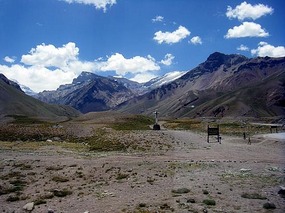
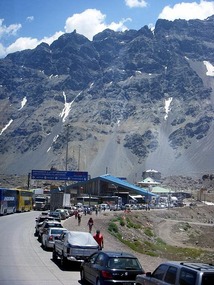
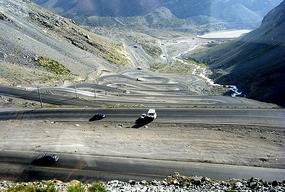
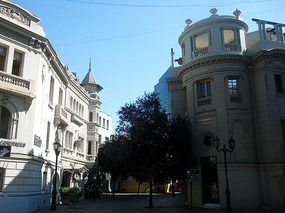
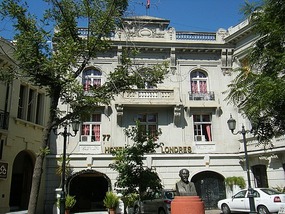
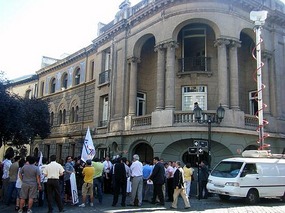
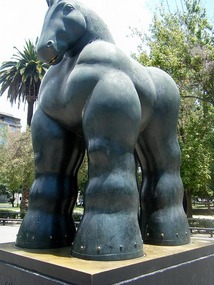
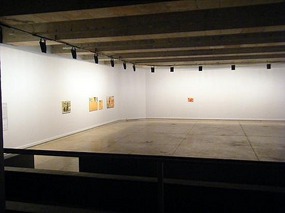
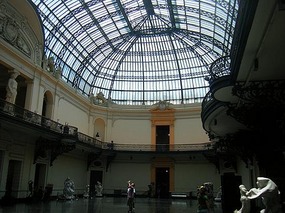
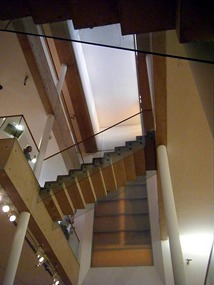
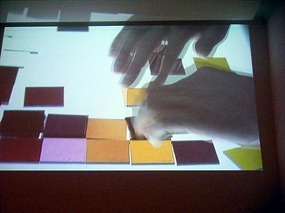
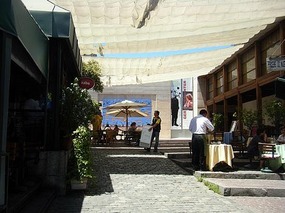
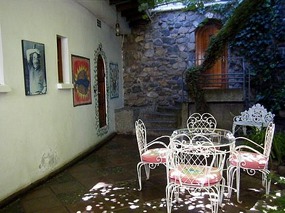
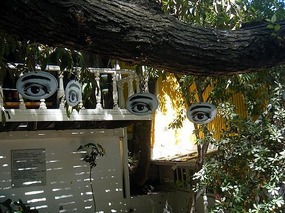
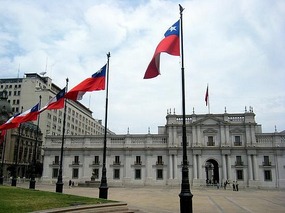
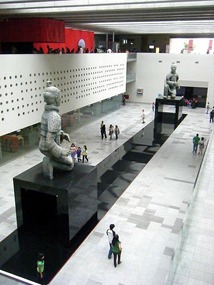
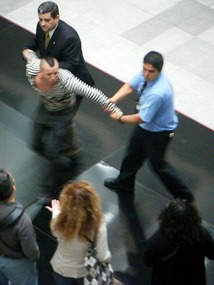
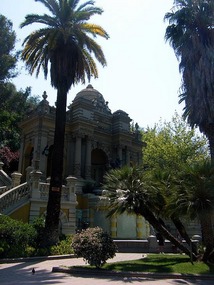
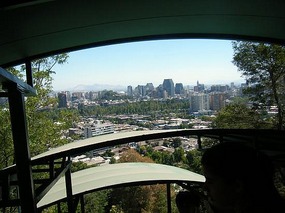
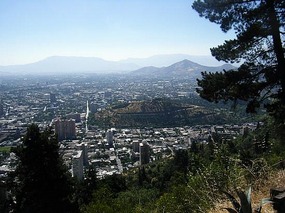





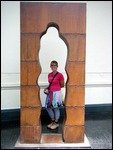
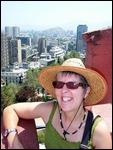
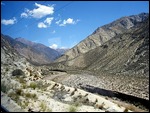
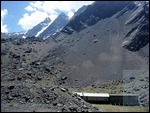
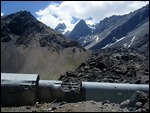
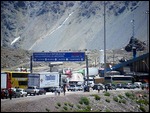
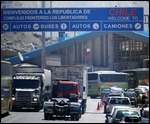
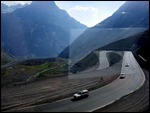
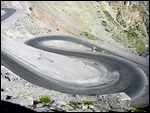
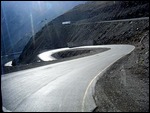
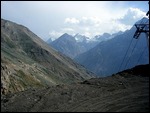
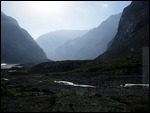
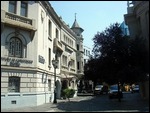
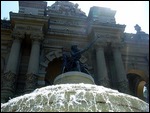
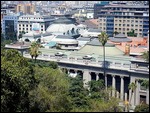
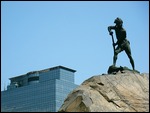
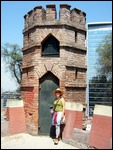
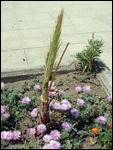
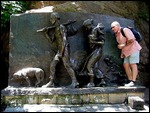
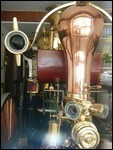
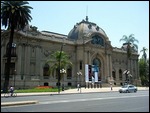
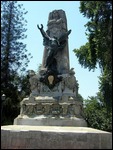
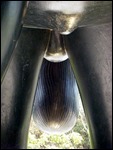
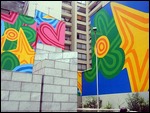
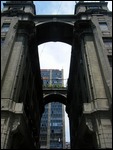
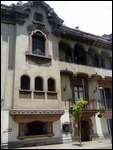
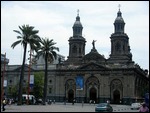
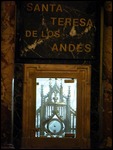
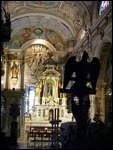
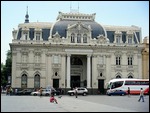
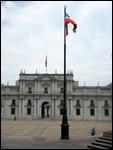
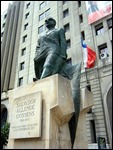

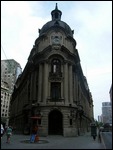
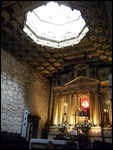
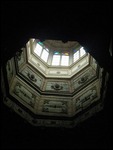
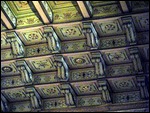
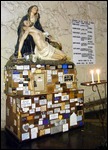
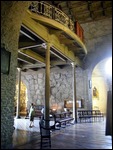
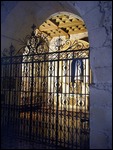
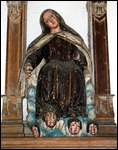

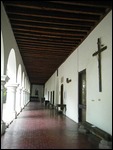
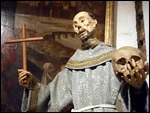

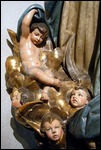
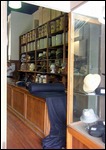
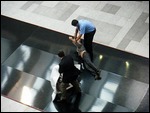
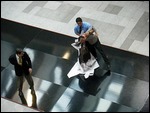
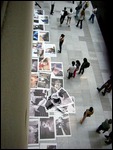
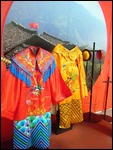
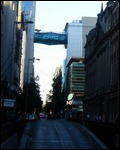
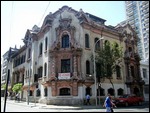
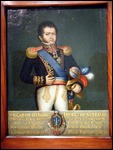
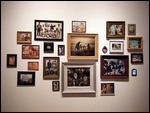
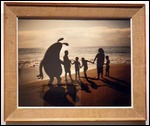

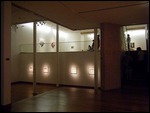
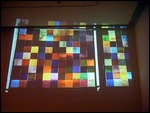
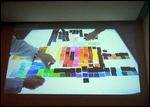
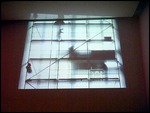
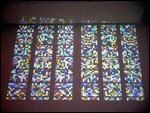
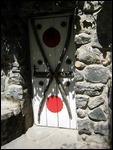

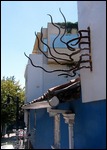
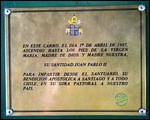
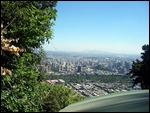
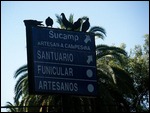

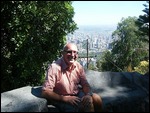
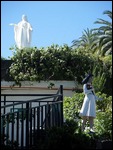
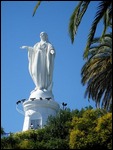
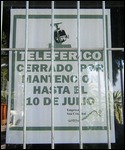
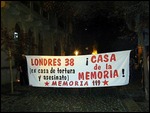
laylapainter
2010-01-26
Beautiful views!
Jan
2010-01-26
It's mostly mist, at this point Santiago only has a couple of really smogy days a year.
pawongle
2010-02-03
Excuse me...what's a walking pole?
Aside from the border crossing this entry is making me very envious...
Tony
2010-02-03
A walking pole is a guy who sets off from Krakov on foot (he was very difficult to get into my suitcase).
Or an extendable pole used like a walking stick to give support, particularly on steep ascents and descents.
pawongle
2010-02-03
Ahh, yes...I feared as much. I think I like the first definition better.
Jo
2010-02-08
re. close up of horse's tackle .... d'you mind??!! I'm trying to eat my lunch :)